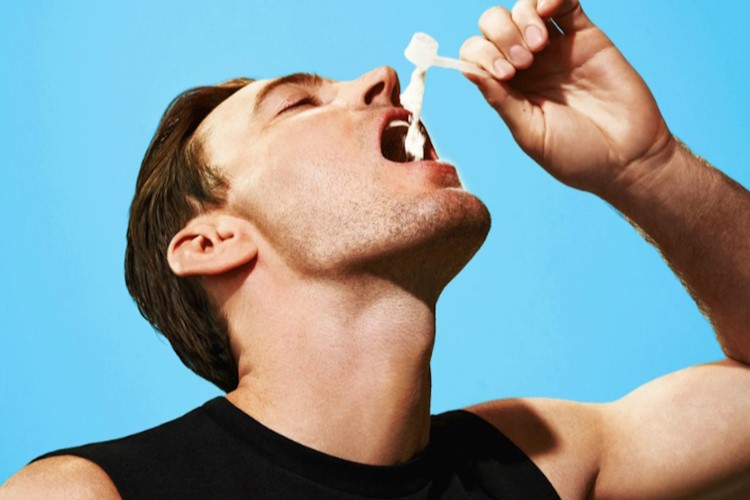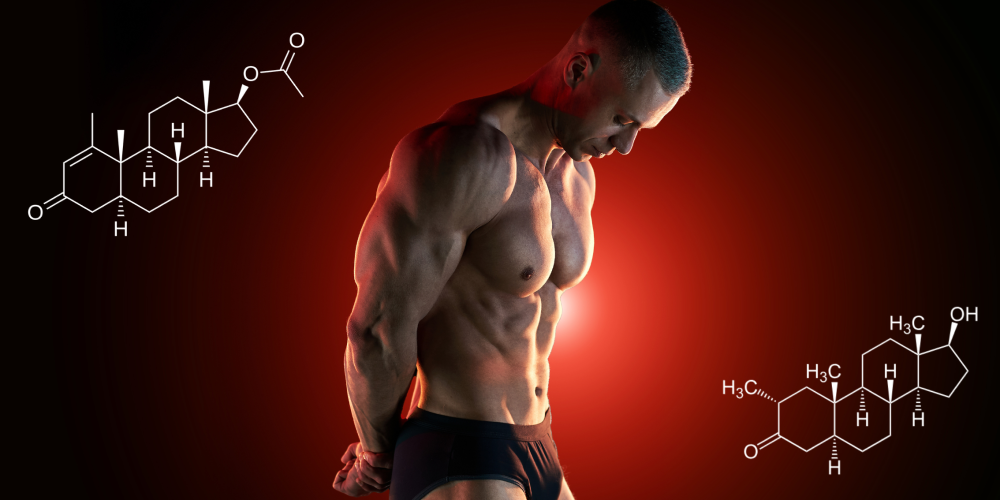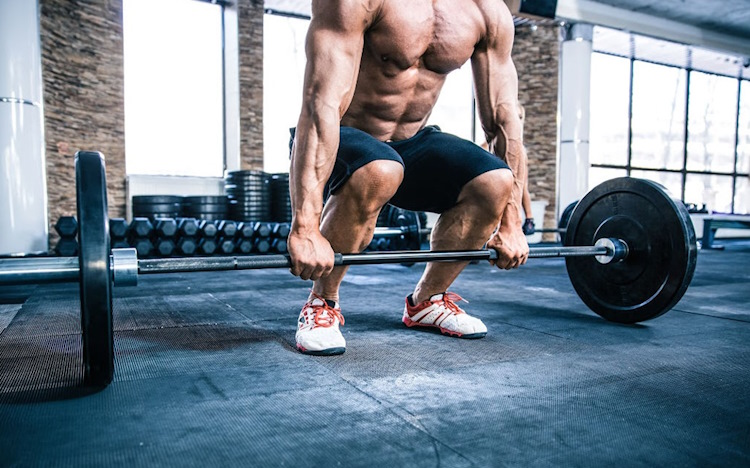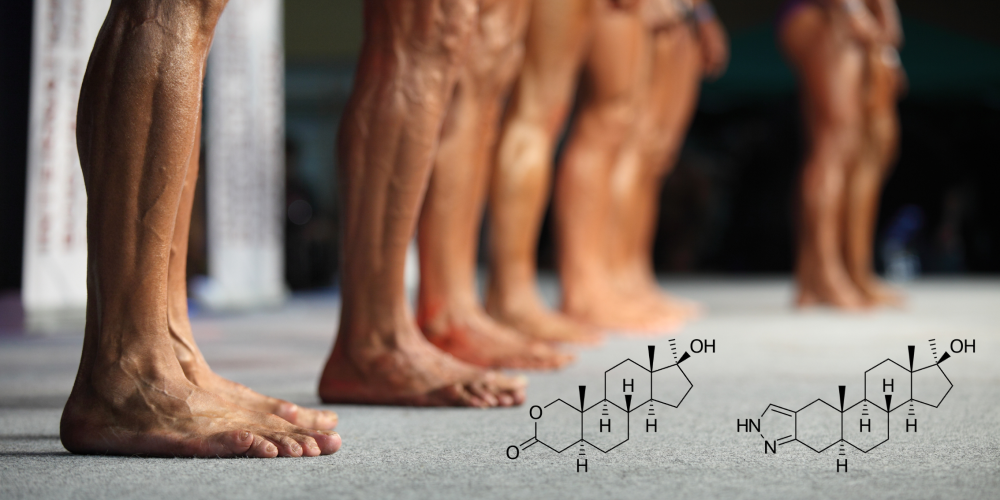The neuroscience behind the pump: brain chemistry vs muscle engagement
The “pump” is a famous, revered and sought-after sensation in bodybuilding, a temporary swelling of muscles due to blood being driven into them during and after intense exercise. But beneath all of that, this effect has its roots in brain chemistry and neural activation. At the heart of the pump is dopamine, a neurotransmitter critical for focus, motivation, and efficient muscle engagement. In this article, we’ll dive into the science behind the pump, its main mechanisms, and how to maximize it.
Three main mechanisms behind the pump
Neuromuscular activation
During exercise, the brain sends electrical signals to motor neurons, which activate muscle fibers. Dopamine amplifies these signals, improving coordination and contraction strength. This enhanced neuromuscular efficiency in turn helps achieve a more intense pump;
Nitric oxide
Exercise stimulates the production of nitric oxide (which can also be taken via supplementation), a molecule that relaxes blood vessels and improves circulation. Increased blood flow delivers oxygen and nutrients to muscles, causing them to swell visibly and improving performance;
Effort perception and dopamine
High dopamine levels reduce the perception of fatigue, allowing athletes to push through demanding sets. This ability to maintain focus and effort directly contributes to achieving and sustaining the pump.
Strategies to maximize neural activation
Not everybody naturally has the ability to induce an intense pump during a workout. To help with that, here are some strategies to maximize neural activation:
Pre-workout nutrition
Include tyrosine-rich foods or supplements, such as cheese, meats, tofu and certain seeds, which serve as precursors for dopamine production;
Mind-muscle connection
Actively focusing on the muscle being worked, working your way through the concentric and eccentric phases of the movement strengthens neural pathways, improving muscle fiber recruitment;
Progressive breathing
Controlled breathing optimizes oxygen intake, supporting nitric oxide production and blood flow;
Caffeine and dopaminergic aids
For example, moderate caffeine intake can stimulate dopamine release, enhancing focus and intensity. Other dopaminergic substances act similarly.
Although it feels and looks great, the pump isn’t merely cosmetic. It stimulates mechanosensors in muscle cells, promoting growth. Enhanced blood flow also helps with nutrient delivery and waste removal to muscles, improving recovery. Additionally, achieving a strong pump helps refine even further the mind-muscle connection, ensuring more effective workouts over time.
If we look into the future, advances in neuroscience and exercise science may lead to new methods of utilizing brain chemistry for maximum muscle engagement. Biofeedback tools, brain stimulation devices, and targeted supplements could redefine the pump and elevate bodybuilding performance to new heights.
In conclusion, the science behind the pump reveals it is more than just a temporary, cosmetic physical phenomenon; it’s a complex interconnection between brain chemistry, neural activation, and blood flow. By understanding and optimizing factors like dopamine levels, nitric oxide production, and the mind-muscle connection, athletes can elevate workouts and maximize muscle engagement. As neuroscience advances, we expect tools and techniques will emerge to make the brain’s role in performance more evident, making the pump not just a goal but maybe a real way to achieve more growth and gains.









